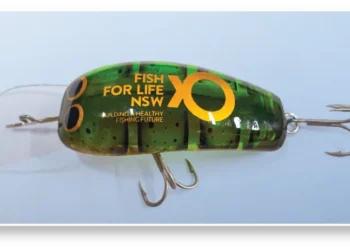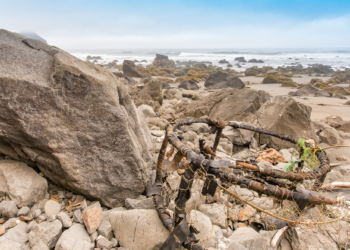
BACK in 2014 the Future Fish Foundation and other recreational bodies pushed hard for political parties contesting the Victorian state election to agree to a removal of net fishing from Melbourne’s Port Phillip Bay. They won agreement to do so. Since then, most of the bay’s net fishers have taken the buyouts on offer, which were funded directly by Victorian Labor government consolidated revenue funds and not paid for by recreational fishing licence fees. And on March 31 this year, the full net ban came into force. A couple of weeks back, the ABC’s Lateline program took a sympathetic look at end of the bay’s only sardine (pilchard) netting operation, which is licensed to take 160 tonnes of pilchards per year. It is hard on the family-run business and its employees, as is all industry structural readjustment, be it in the car, energy or fishing sectors. And some of the bait and tackle shops have realised that they’re going to lose access to about 80 tonnes of high-quality fresh bait each year, which has led them to suggest an exception could be made.
Our advice? Be careful what you wish for. Pilchard netting may not be as much of a worry as other forms of netting, but a net is a net, and who’s to say future governments looking for a loophole wouldn’t use this as a precedent to consider bids to get back into the business. As it stands, eight of the remaining net fishers have been offered long line licences to take a quota of eleven tonnes of snapper each. They’ve also been offered an additional mixed quota of three tonnes of mixed species but aren’t happy as the mix doesn’t include the valuable and much sought-after King George whiting.
Coincidentally, this closure coincides with the 20th anniversary of the creation of NSW’s Recreational Fishing Havens (RFHs). There are 30 RFHs spread along the NSW coast, of which just under half are total closures, with no commercial fishing at all allowed. The $20 million to buy out commercial operators came via a Treasury loan but unlike in Victoria, the money had to be paid back from rec fishing licence funds as they accrued over time. Twenty-seven per cent of NSW’s estuarine waters are now closed to commercial fishing. 468 fishing boat licences were surrendered, and 251 fishing businesses purchased.
The declaration of the RFHs was bitterly opposed by the commercial sector and the Sydney Fish Market. The demise of the supply of fresh fish to NSW consumers was forecast in a coordinated campaign which personally targeted then NSW Fisheries Minister Eddie Obeid. Of course, other suppliers took up the slack and supplies continued. When asked by this writer if he found the personal attacks distressing, the minister said “No, it’s just business, I don’t blame them for defending their interests.” But he stuck to his guns and the fishing in many of the totally closed areas has improved out of sight – Lake Macquarie, St George’s Basin and Botany Bay just being three examples.
Over the last 20 years, successive NSW fisheries ministers have sidled up to commercial approaches to partially re-open some of the off-limit areas, but this seems to have been deflected. And there’s one other example of total closure that has led to a massive increase in fish numbers, particularly pelagics. Sydney Harbour was shut down to commercial fishers in 2006 in response to detection of elevated dioxin levels in fishermen and their families so an “accidental closure” of all commercial methods has made rec fishers very, very happy. Plenty of bait fish for the kingies, salmon and bonito now. Stick to your no-net decision, Victorian government!
















